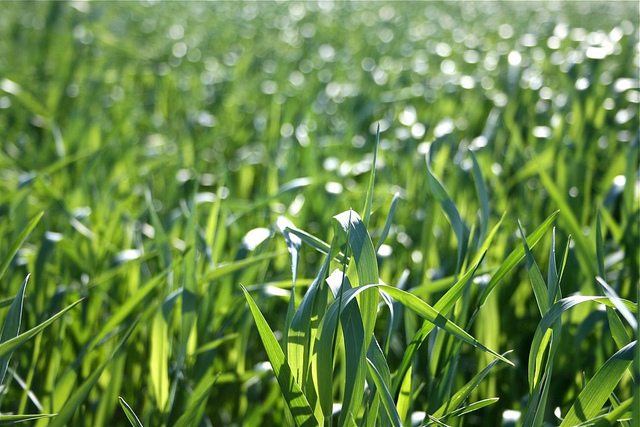50% Off First Application¹
Call 1-855-940-1479
and connect with a TruGreen consultant
A Simple Lawn Care Calendar to Ensure a Great Lawn Year Round
If you are trying to achieve a successful lawn it is very important that you stay on top of the regular maintenance and treatments that are required in your yard. Trying to figure out the best time to perform these tasks can be challenging if you’re planning as you go. By making a lawn care calendar in advance you can keep your lawn healthy and eliminate the guesswork.
A lawn care calendar is a year round schedule of the tasks that are required in your lawn. There is a small amount of research that’s required during the making of this calendar, but thankfully the information that you find will be helpful in many aspects of caring for your lawn. When getting ready to create your lawn care calendar make sure to have the following information available:

- Regional data: A lawn care calendar in North Carolina will look extremely different from one that you’d find for a lawn in California. This is because regional information plays a huge role in your schedule. Some of the local data that you’ll want to consider before making your plans include monthly averages, like high and low temperatures and rainfall accumulation. Other important factors include soil types, pest threats, and plant diseases or fungus that common in your area.
- Your lawn’s specifics: Do you know what type of grass seeds were planted in your lawn? This one small fact can inform a lot of the important lawn care decisions that you must make. If you aren’t familiar with the grass and soil type in your lawn, get ahold of this information before moving forward. If you’re not sure of how to go about this, collect a sample of your grass and take it to a lawn expert at your local home improvement store. They will be able to identify the type of grass as well as the best care practices and products for it.
- Lawn history: If you’ve lived in the same home for several years you have a powerful tool available to you. Most of the time lawns follow the same patterns year after year, so by observing these patterns you can know what to expect in the future. You may read about the stages lawns experience throughout the year, but no data will be as accurate as the knowledge of how your lawn has historically performed.
Lawn treatments
There are many lawn treatments, some of which need to be performed several times a year and others that are only called for on an as-needed basis. Here are some of the most common lawn treatments, make sure that they find their way onto your lawn care calendar:
- Regular maintenance: Mowing, raking and irrigation are all fundamental parts of keeping a lawn healthy. These basic steps may be easy to forget when planning various lawn treatments, but never forget the importance of the regular maintenance that’s required in your yard.
- Fertilization: Healthy soil is well fed, and grass thrives best in soil that’s well taken care of. Feeding your lawn is as easy as applying a fertilization treatment to your lawn. The exact timing of this step depends on your soil’s needs, and you should only fertilize when necessary. If your lawn needs a boost before its time to fertilize again consider a more gentle approach, like compost tea.
- Aeration: Removing plugs of soil throughout your lawn allows for increased airflow and water absorption. This process is known as aeration, and you should not skip this step when caring for your lawn.
- pH testing: Knowing exactly when you should perform various lawn treatments can be tricky, but with a lawn care schedule it gets a lot easier. Even if you have scheduled a treatment you may need to change your plans depending on the result of a pH test, which should be performed before many common practices such as fertilization. Soil that has an unbalanced pH reading has no shot at survival, so make sure to take this test seriously.

TruGreen will gladly visit your property as often as needed between scheduled visits to make any necessary adjustments and to ensure your satisfaction.
Getting Started with TruGreen
- Call or fill out the form above to reach a lawn care specialist.
- Know the square footage of your yard, as well as any specific areas of concern.
- With the help of your specialist, create a customized lawn care plan that meets your lawn’s needs.
- Schedule your Healthy Lawn Analysis2 to start your service.
